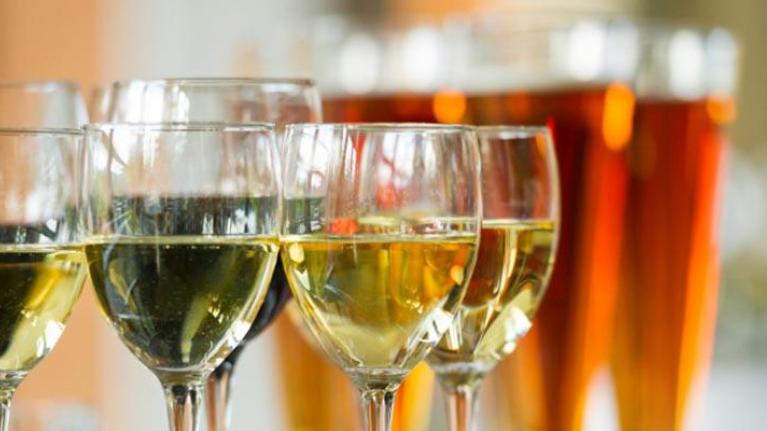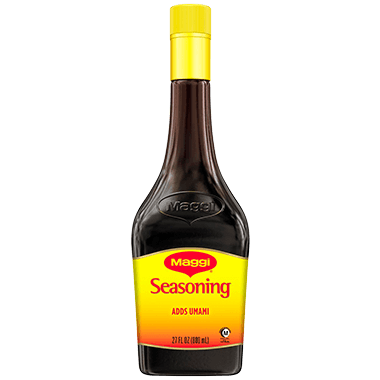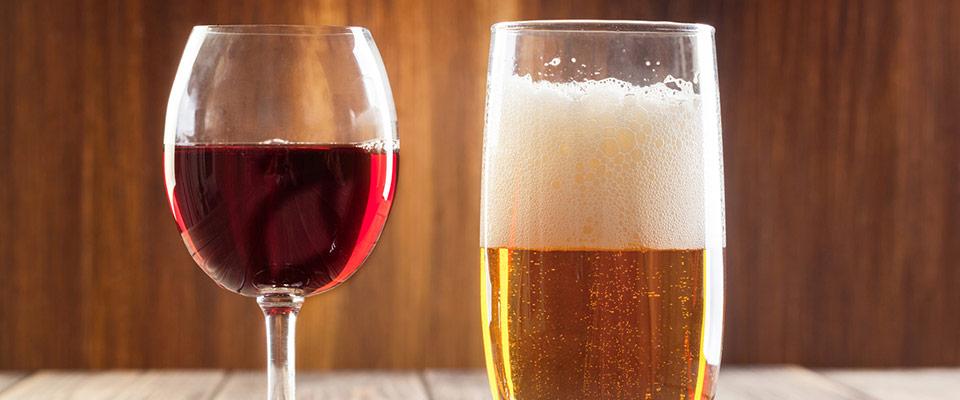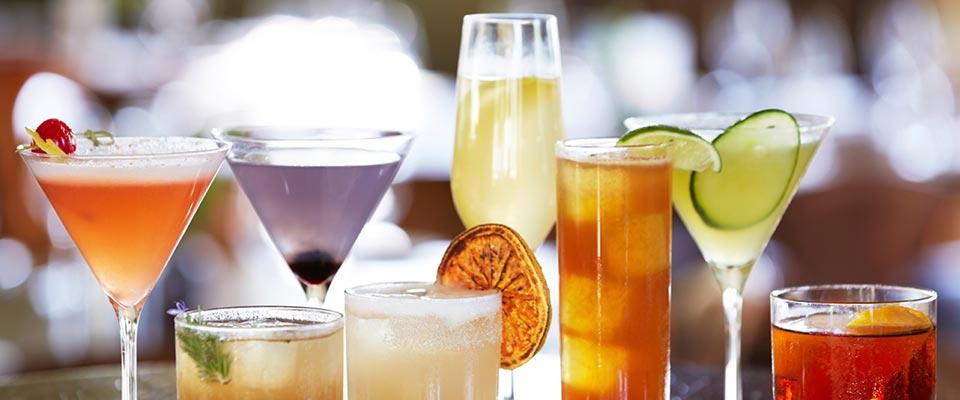
Craft and Cask: Beer and Wine Trends
Wine and beer are huge profit producers. Are you promoting them to the max? Learn what’s hot—like craft beers and cocktails featuring wine or beer. Then support your new offerings with promotions. You’ll like the results.
If you have a license to sell wine and beer and aren’t making the most of it, you should be. The growing availability of craft and other specialty beers and a world’s worth of affordable and interesting wines is helping to grow this profitable category. According to the Beverage Information Group, the wine industry has experienced 20 straight years of growth, led by strong harvests, new brands, and line extensions. Meanwhile, the beer category overall may have slumped, but craft beer continues to shine.
It’s all good news for food service operators who know how to promote wine and beer, particularly since these beverages appeal to younger, hipper customers. Indeed, that’s one of the reasons so many casual and fast-casual restaurants are ramping up their efforts to better merchandise these offerings. Wine and beer are at once a better value than cocktails for customers, and extremely profitable for operators; for example, a rule of thumb calls for the price of a single glass of wine to equal the wholesale cost of the bottle.
Trends in Beer
Once considered unsophisticated, the beer world is giving wine a run for its money in terms of depth and variety, for example:
- Craft and microbreweries
- Sour beers
- Different kinds of hops
- Large-format bottles
- Lower-alcohol “session” beers
- Ciders, malts, and other “beer-adjacent” beverages
- Seasonal brews
Trends in Wine
With wine consumption on the rise, it pays to pay attention to trends within the category, including:
- Un-oaked chardonnays and other wines
- Spain, Italy, Greece, and Portugal for more affordable options
- Refreshing rosé wine
- Wine on tap
- Food-friendly Austrian and German-style whites, such as Grüner Veltliner and Riesling
- New World wines (Australia, South America, South Africa, USA)
- Wine by the glass and other “wine bar” offerings
- Smaller, more carefully curated wine lists
Wine and Beer Cocktails
Low in proof but high in flavor and sophistication, cocktails based on wine and beer—rather than traditional spirits—represent an excellent opportunity to build sales. Among beer cocktails, the most well-known is probably the Michelada, a kind of Mexican Bloody Mary in which beer stands in for the vodka; variations are endless, from types of beers to garnishes and embellished rims. And the Shandy is a refreshing British concoction of 50/50 beer and lemonade.
Sangria, mimosas, and spritzers make for easy, value-added wine-based beverages, but the appeal of wine in cocktails goes deeper than that. This is particularly true when you include fortified wines such as vermouth and sherry, which add nuance and complexity to such cocktails as the Bamboo (equal parts dry vermouth and dry sherry, with a dash of orange bitters).
Or do both, and reap the social media benefits. Known for its creative beverage merchandising, casual chain Red Robin has followed the success of its beer milkshakes with a new seasonal wine version, called the Mango Moscato Wine Shake.
Pairings and Other Promotions
Wine dinners may seem old hat, but they work, and so do beer-oriented theme menus and promotions. (Just make sure your local liquor laws permit it.) These can range from winemaker dinners (in which the menu is themed to a particular winery’s offerings) to sausage-and-beer tastings, with or without someone from the winery or brewery present. If you don’t have a sommelier or food and beverage director to plan and host the event, you should be able to arrange for one through your sales rep, who may even be qualified to manage the event.
The theme itself can be anything, from the celebration of a holiday or the beginning of baseball season to a benefit for a local charity, and can be food-driven (regional Italian food with appropriate wines) or beverage-driven (introducing harvest-season beers). Plan the event for a slow night—or even a night when you might ordinarily be closed—and promote it via your mailing list; cards or table announcements; website, Facebook, and Twitter; and with announcements to local media.
SNACKS THAT SELL MORE WINE AND BEER
If you want to sell more wine and beer at the bar, offer snacks and finger foods that go particularly well with these beverages: Cheese and charcuterie plates Barrel-aged and batched cocktails Dips, spreads, and dunks with bread, crackers, and veggies Bruschetta, crostini, and other “toasts” Mini-meatballs Smoked or cured fish/shellfish Hot dogs and sausages Cheese-stuffed dates or celery Housemade pretzels or chips Fried seafood Raw-bar items like oysters, clams, and shrimp cocktail Specialty olive or nut mixes French fries or sweet potato fries with sauces Pickled or roasted vegetables Small sandwiches, including sliders Skewers and satays


